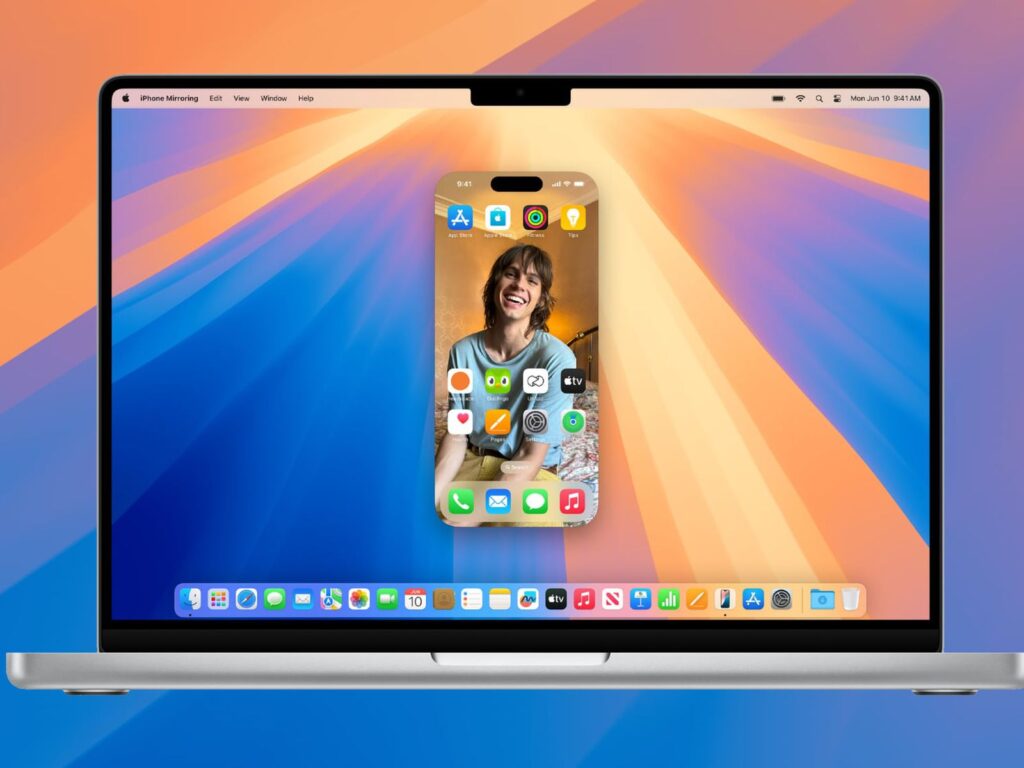A public beta program has been launched to test macOS Sequoia, which was unveiled at WWDC 2024, approximately one month ago. With the official release set for this fall, customers can now preview and use new features. Beta software isn’t meant to be installed on your primary Mac, though, as it can have errors and inconsistent features that affect regular use.
In order to take part in the public beta of macOS Sequoia, you must own a suitable Mac model. iMac (2019 and later), iMac Pro (2017 and later), Mac Studio (2022 and later), MacBook Air (2020 and later), MacBook Pro (2018 and later), Mac mini (2018 and later), and Mac Pro (2019 and later) are among the devices that Apple supports. This comprehensive list includes various Intel-based Mac models from recent generations, indicating Apple’s sustained support for these models in addition to more contemporary computers that come with Apple Silicon.
Before proceeding with the macOS Sequoia installation, it’s essential to back up your current system using Time Machine. Unlike iOS devices, Macs do not automatically back up to iCloud, necessitating external backups for data protection. Connect an external disk, navigate to System Preferences > Time Machine, designate the backup disk, and follow instructions to initiate the backup process. This precautionary step ensures that you can revert to your previous system configuration if issues arise during the beta period.
Installing the macOS Sequoia beta involves first registering for the Apple Beta Software Program on Apple’s website through Safari. Once registered, navigate to System Preferences > General > Software Update on your Mac. Access the Beta Updates section by clicking the “i” icon, disable “Off,” select macOS Sequoia Public Beta, confirm with “Done,” and follow prompts on the Software Update screen to download and install the pre-release software.
macOS Sequoia introduces several noteworthy features aimed at enhancing user productivity and functionality across Mac devices. Among these is iPhone Mirroring, enabling users to view and control their nearby iPhone directly from their Mac. This integration is particularly useful for managing iPhone apps and notifications without needing to physically interact with the phone, enhancing multitasking capabilities.
Looking ahead, Apple Intelligence is slated for future integration into macOS Sequoia, offering AI-driven writing tools like rewriting, proofreading, and text summarization. Scheduled for release alongside M-series chip support, this feature aims to revolutionize productivity by providing advanced content creation capabilities directly within macOS. Additionally, optional integration with ChatGPT and the introduction of Image Playground for generating AI-enhanced images further expand creative possibilities on Mac platforms.
Siri in macOS Sequoia receives significant enhancements with AI-driven upgrades intended to improve conversational interaction and utility as a digital assistant. This upgrade aims to address previous limitations and deliver a more intuitive and responsive Siri experience across various tasks and applications.
Enhancements in window management are also prominent in macOS Sequoia, featuring a new tool for organizing and navigating open windows more efficiently. This enhancement streamlines multitasking workflows, making it easier for users to manage multiple applications simultaneously and customize their desktop environments to suit individual preferences.
The introduction of a dedicated Passwords app in macOS Sequoia replaces and enhances existing iCloud Keychain and Safari password management functionalities. This app offers comprehensive security features for managing passwords and sensitive information securely across Apple devices, providing users with enhanced control and convenience in digital security practices.
Another notable addition in macOS Sequoia is AI-generated summaries in Safari, automatically condensing web content to deliver concise overviews of articles and websites. This feature is designed to improve information consumption efficiency by allowing users to quickly grasp key insights without extensively reading through entire web pages.
The final release of macOS Sequoia is anticipated to coincide with or follow the launch of iOS 18 and new iPhone models in the fall, underscoring Apple’s commitment to delivering integrated and innovative software experiences across its ecosystem.
It is always risky to use beta software because it may have unexpected behaviors from the system or not work properly with third-party programs. It is therefore advised that users proceed with caution and think about installing macOS Sequoia on alternative devices or only after careful planning and backup processes. In order to help Apple fine-tune and enhance macOS Sequoia prior to its official release, customers can provide insightful comments by taking part in the public beta.
With a number of new features and improvements meant to improve user productivity, security, and overall experience, MacOS Sequoia is a major advancement for Apple’s desktop operating system. Users can examine and test these new features directly from the public beta and contribute significantly to the future development of macOS.
If you like the article please follow on THE UBJ.
